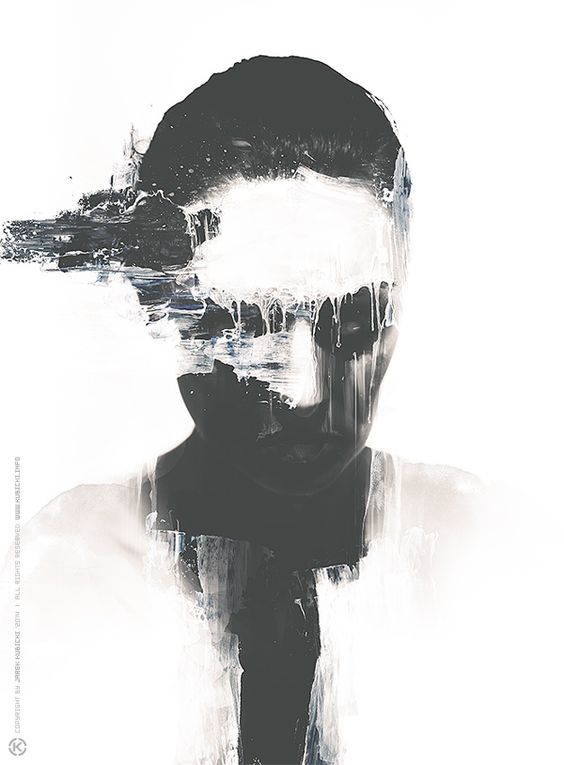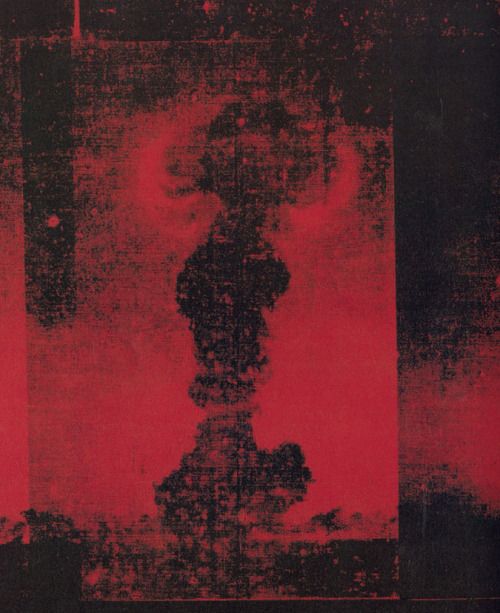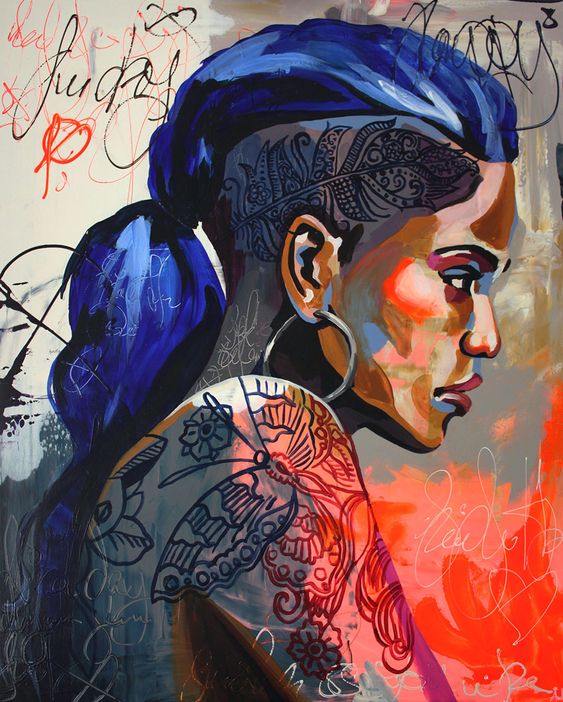III. Third
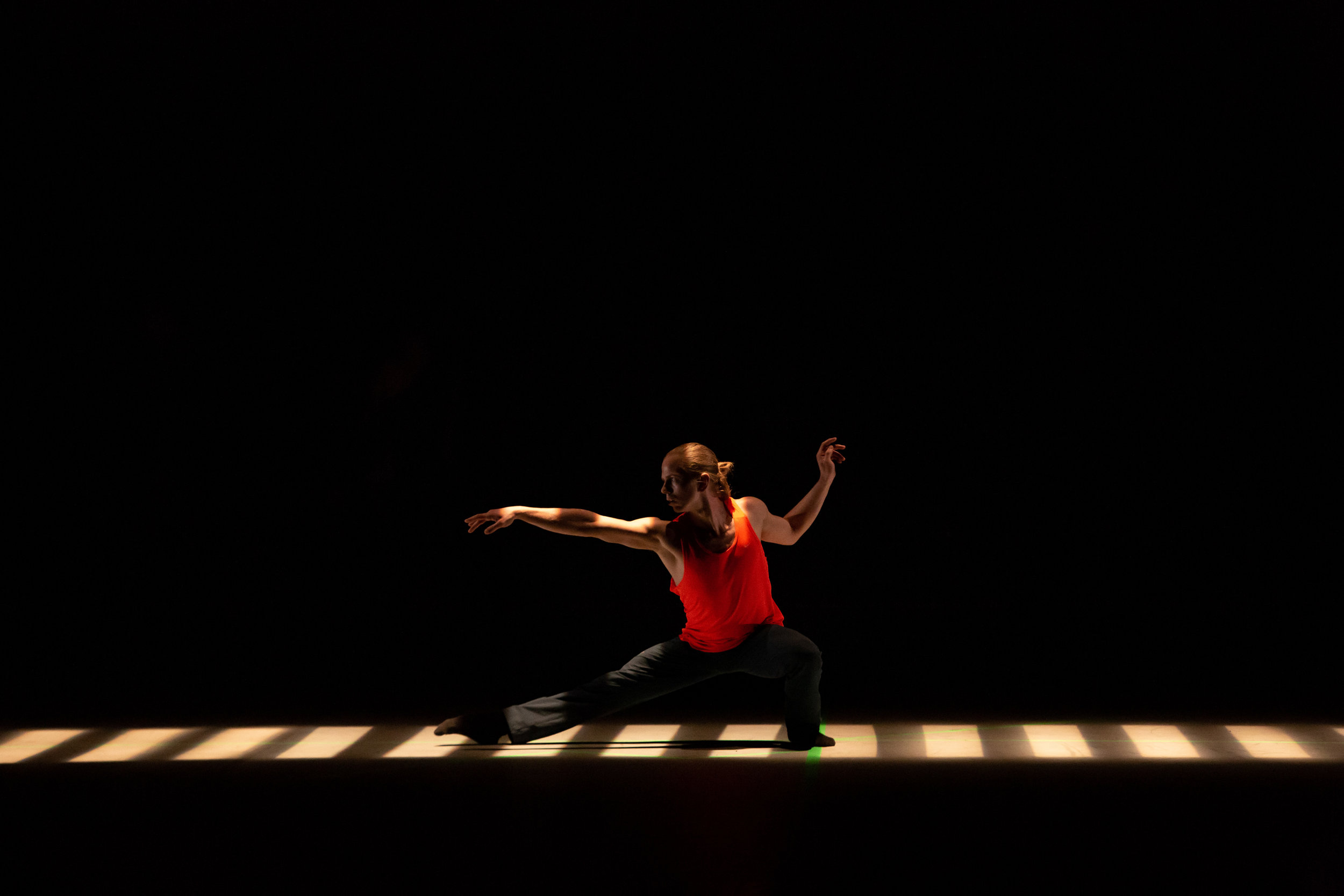
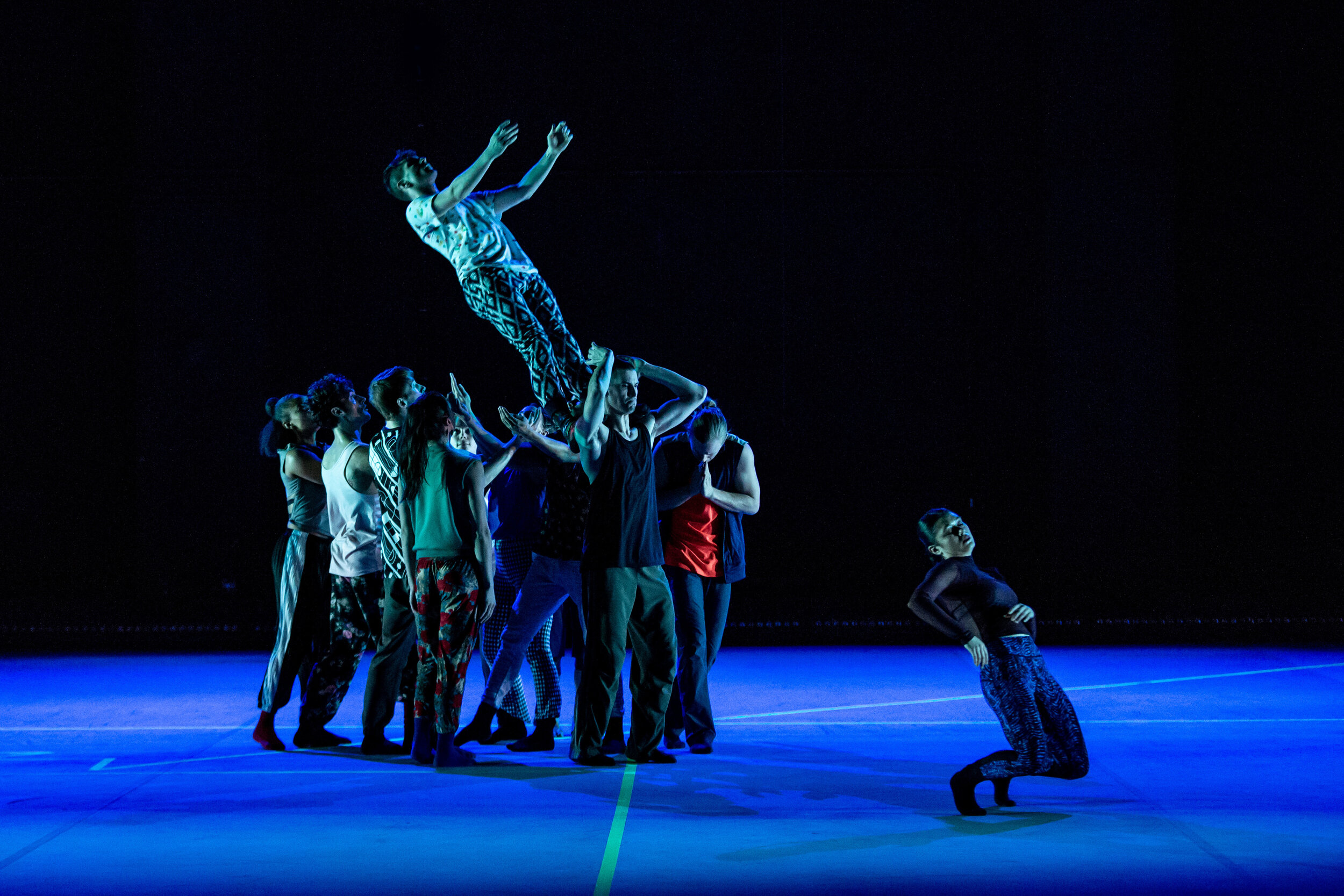
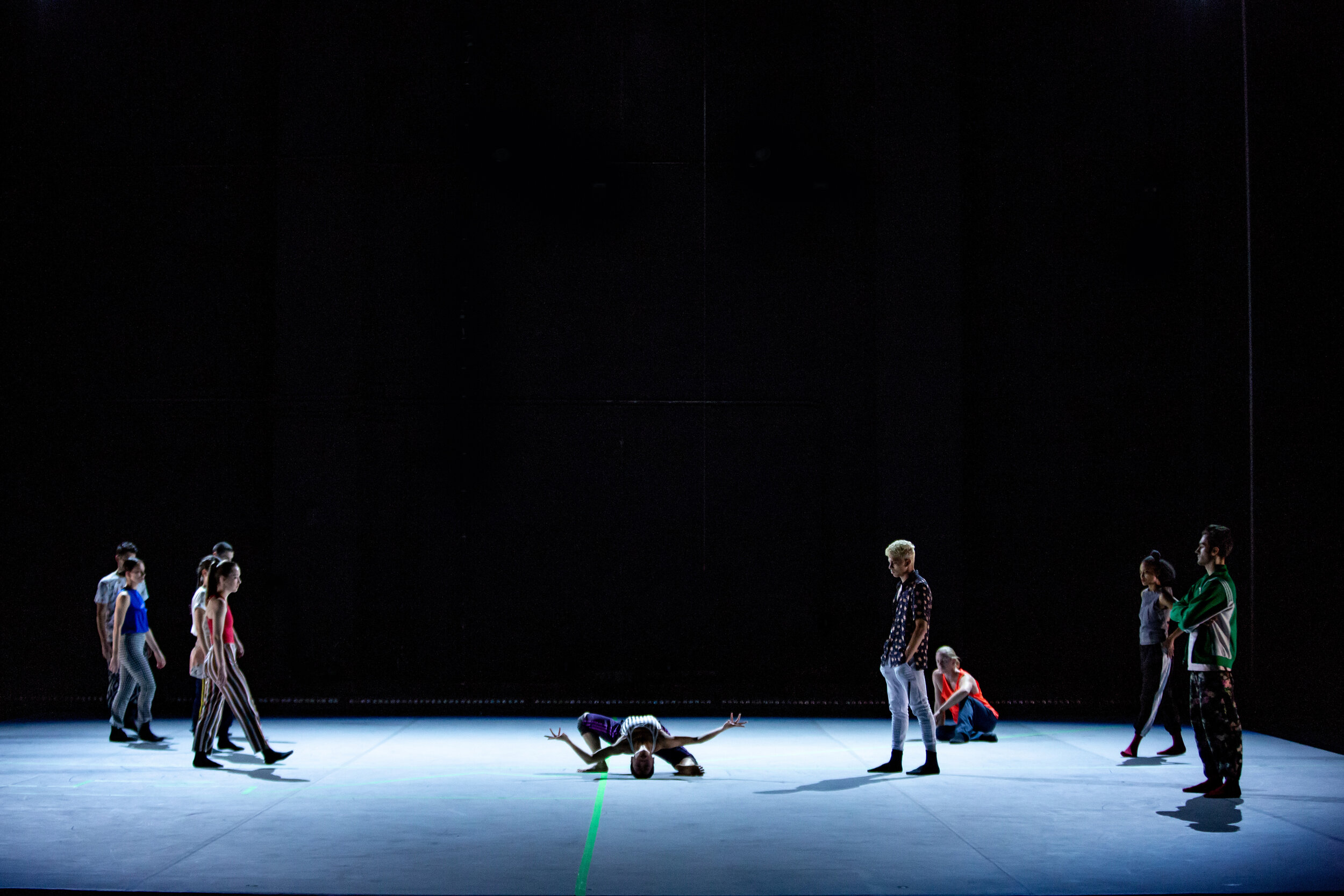
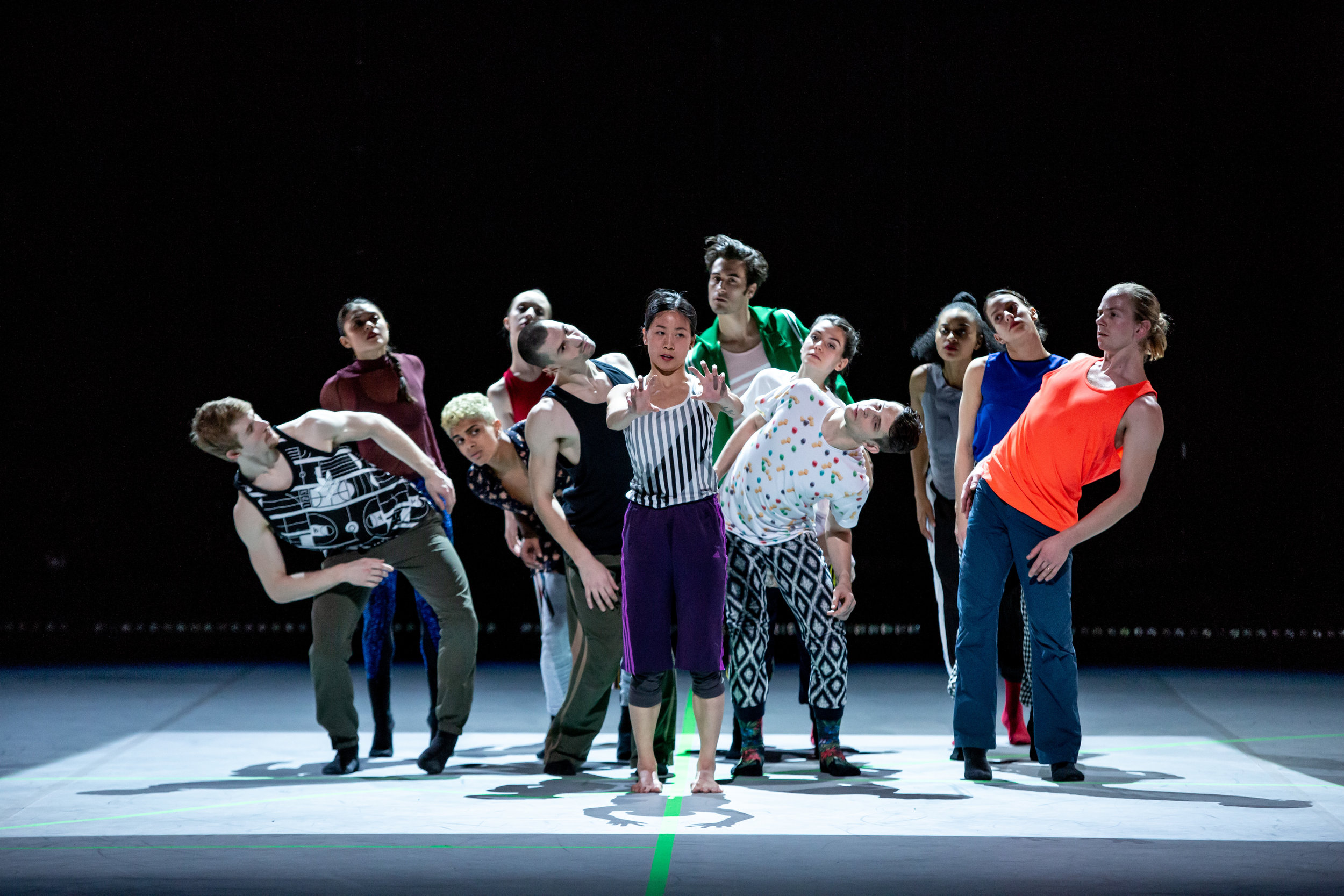
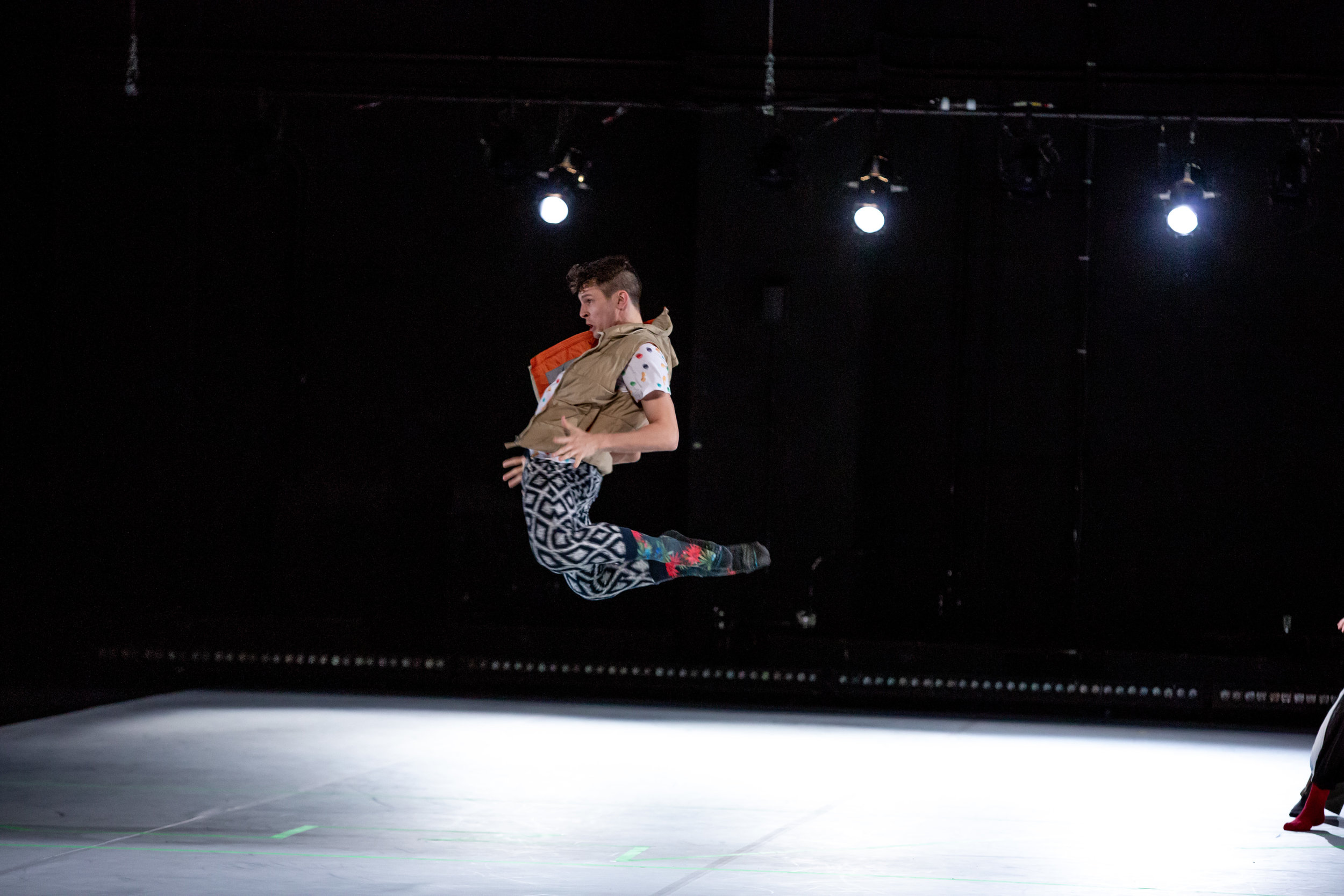
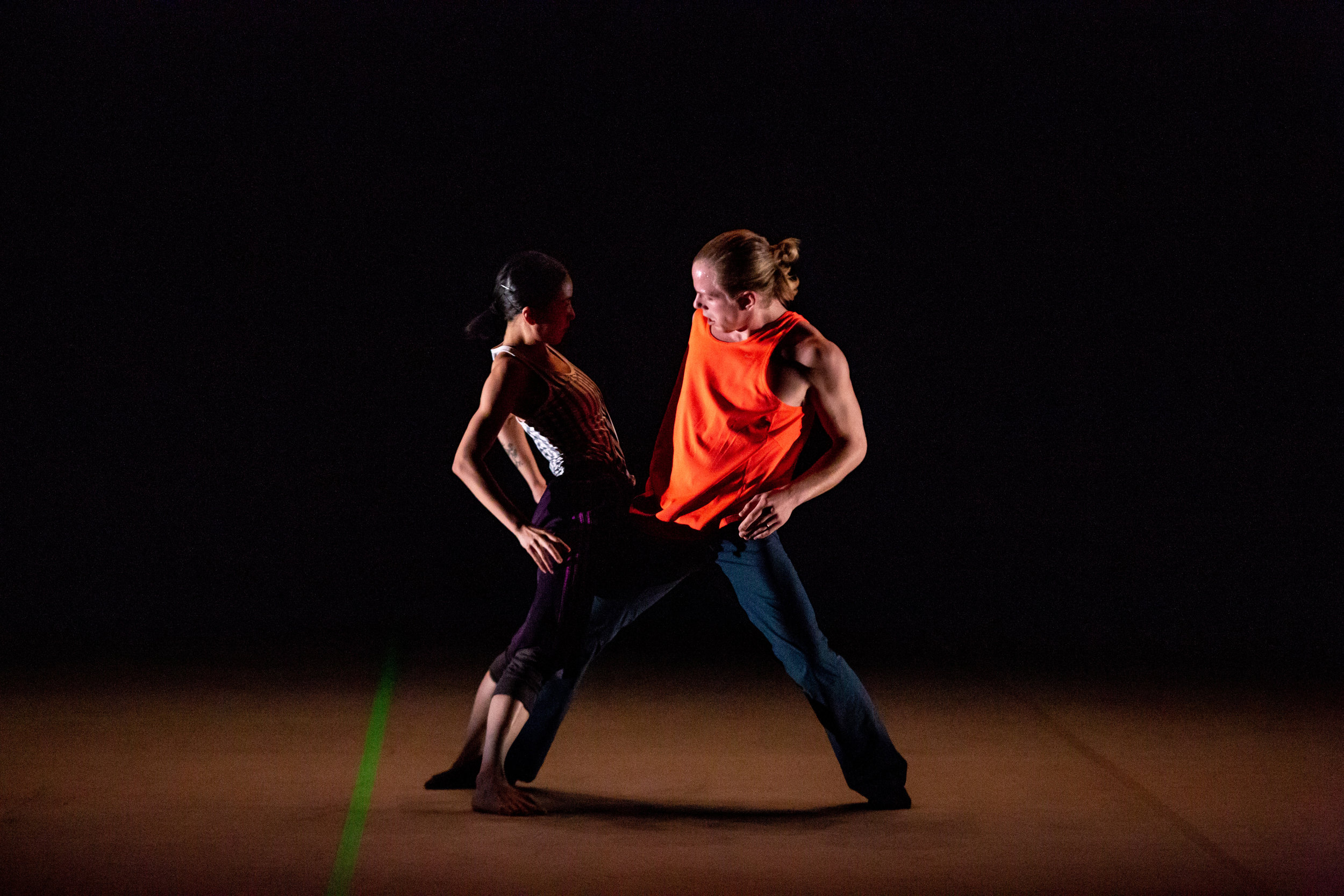

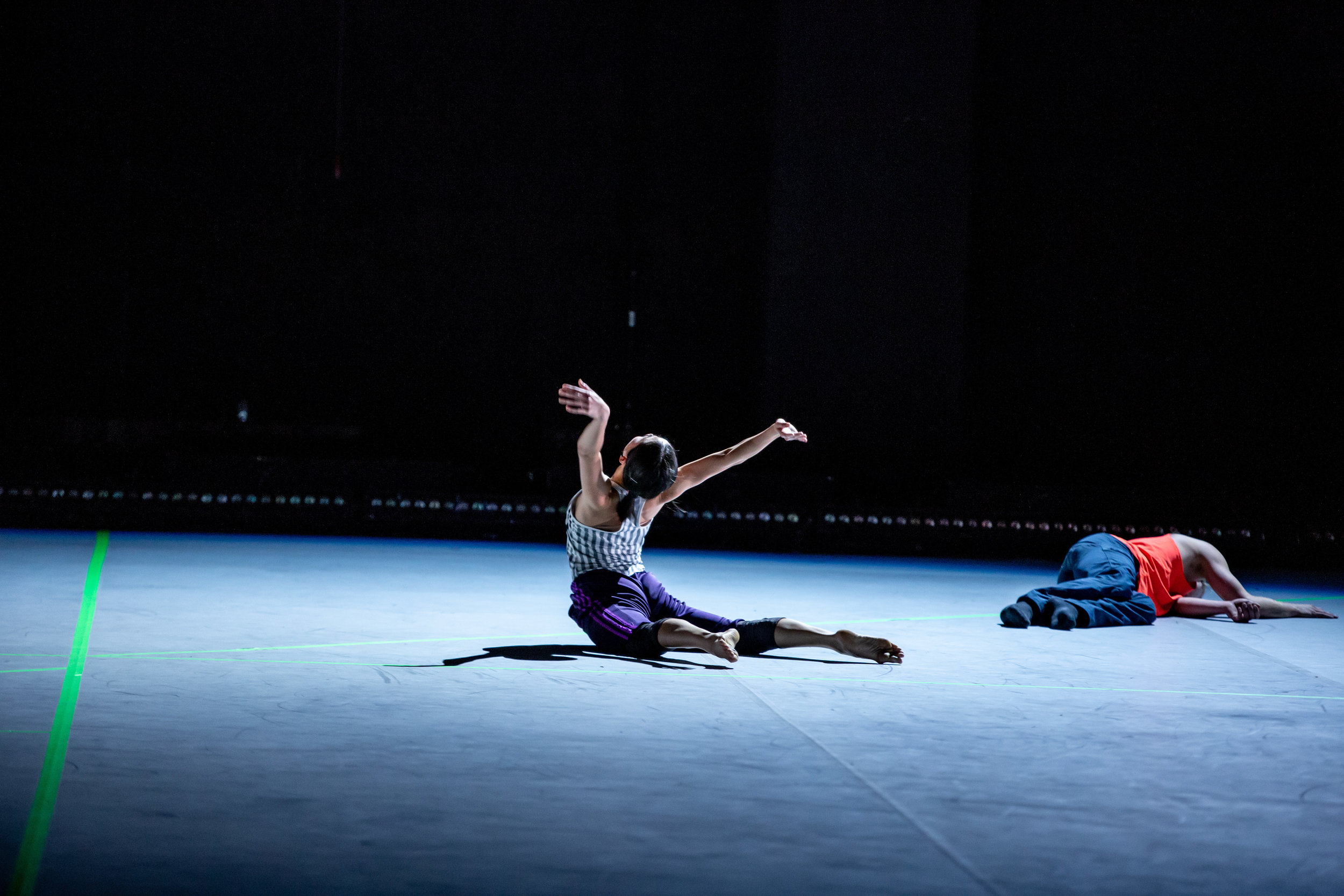
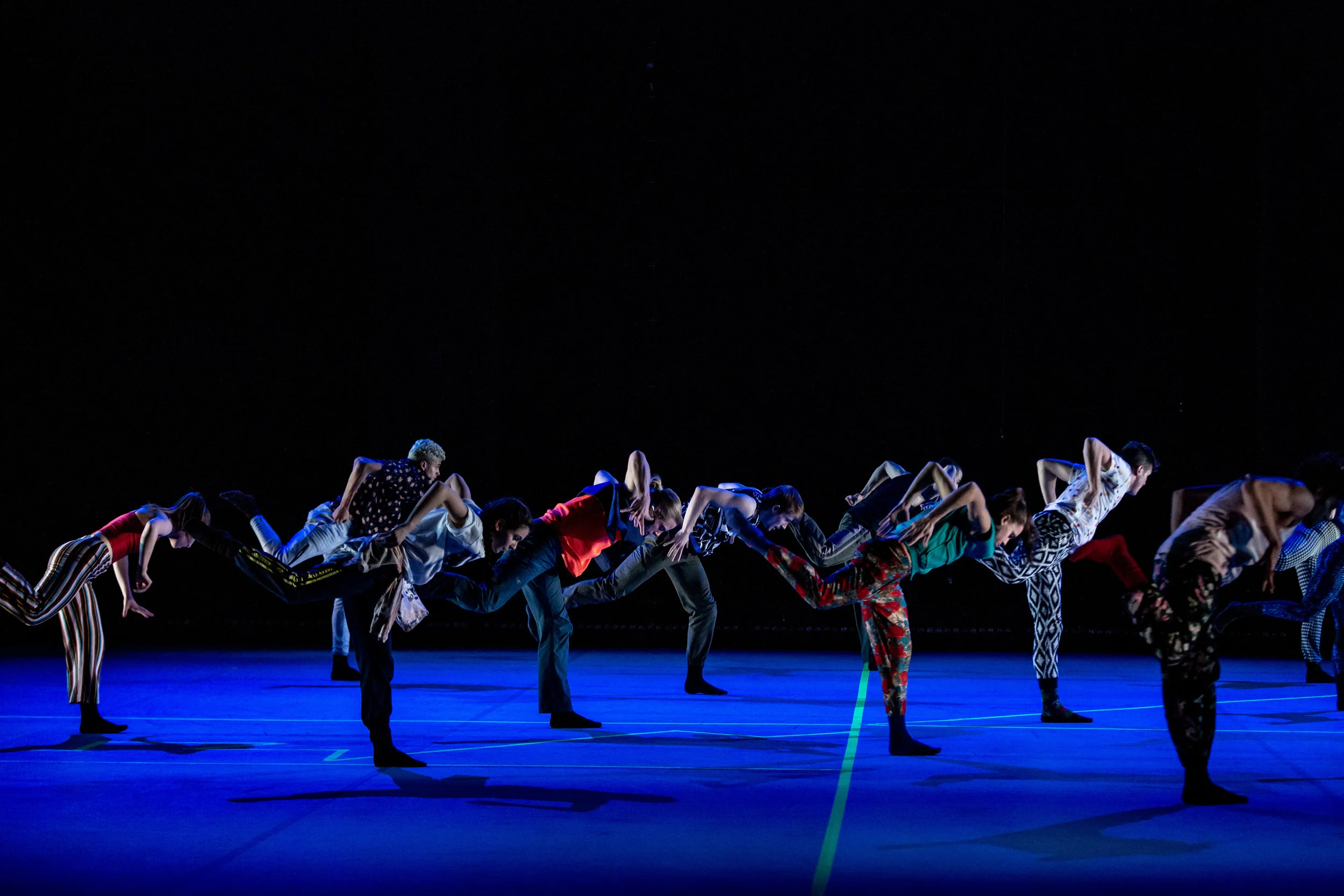
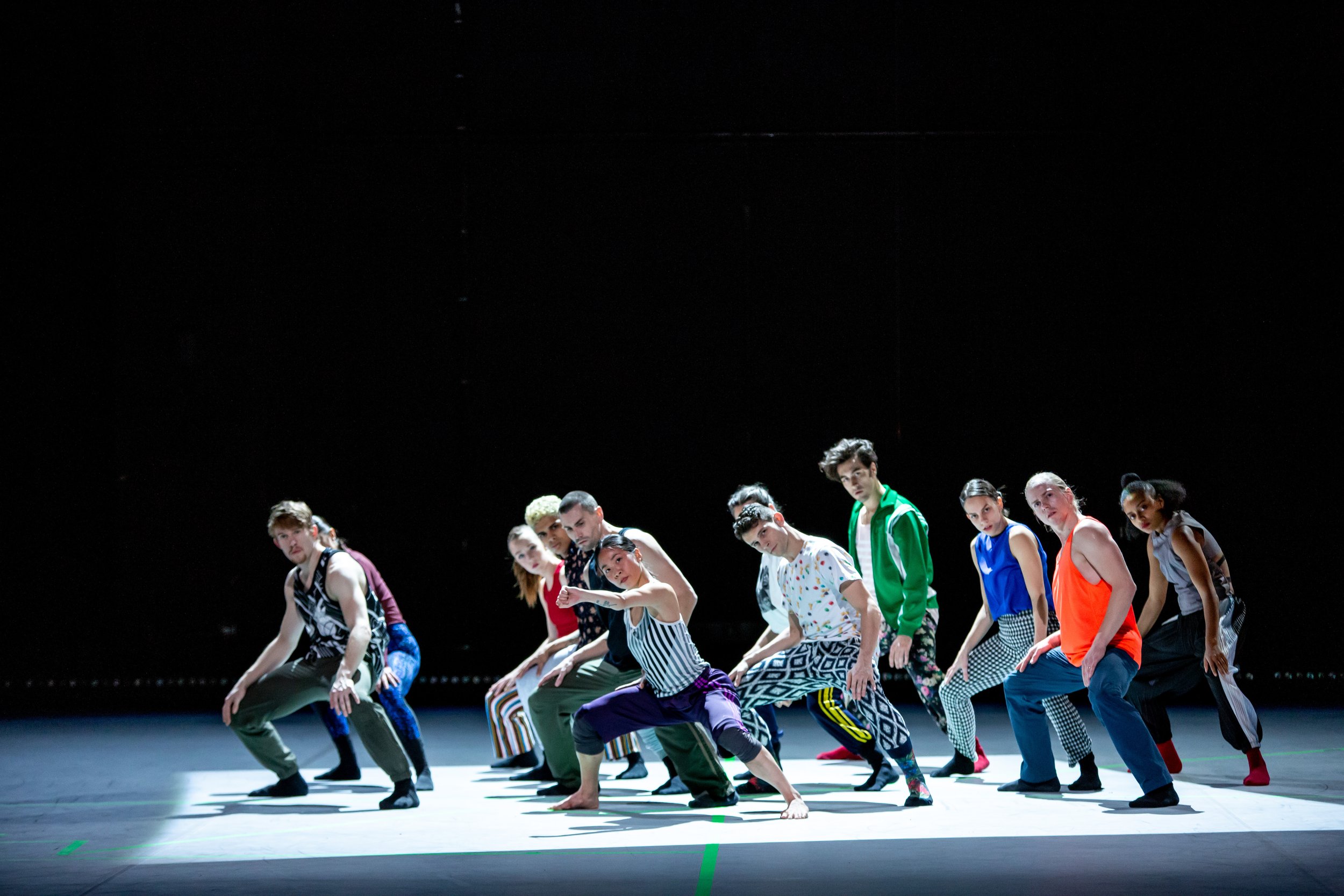
by Rena Butler
set by K Story
costumes by Jenni Ladd
sound by Rena Butler
photography by Cheryl Mann
produced by Hubbard Street Dance Chicago at The Harris (Chicago, IL) in 2018
III. Third, performed by Hubbard Street Dance Chicago, is the third installment of a three part series choreographed by Rena Butler. The series explores identity through culture, customs, and self-reflection. When I began this journey with Rena, she was in the process of developing all three pieces as they were all performed within three weeks of each other on three different companies and in three different locations. She had not yet choreographed the work, but I told her that I respond very well to words or ideas and we could build the world together from that. I began by word-banking words Rena would throw at me while passing by in the hallway or while having coffee. I was given words like "gridlock," “migration,” “desolate,” “borders,” “angles,” “destroying,” and “rebuild”.
I tend to think more in terms of pictures and art, so after hearing these words I started looking for visual images to give us a shared language to help visualize the lighting. This lead to Rena finding a quote by Rumi in which she shared with me, “Study me as much as you like, you will never know me, for I differ a hundred ways from what you see me to be. Put yourself behind my eyes, and see me as I see myself, for I have chosen to dwell in a place you cannot see.” This quote provided more depth for us and lead to further discussions about identity and the way your perception of you differs from someone else’s perception of you. It was important to us to create an environment where many different personalities could shine, a space that felt both urban and vast.
Rena still had not choreographed the piece, but we had formed a structure and knew that there would be this defining moment in the middle of the piece, a point of no return where our lives in stasis would shift and alter our point of view of the world from that point onwards. We called this “the explosion,” and later it was referred to as the “atomic bomb;” it wasn’t until this moment that we felt color should seep into the world. After that explosion, red begins to bleed into the space and changes the environment.
Research:
